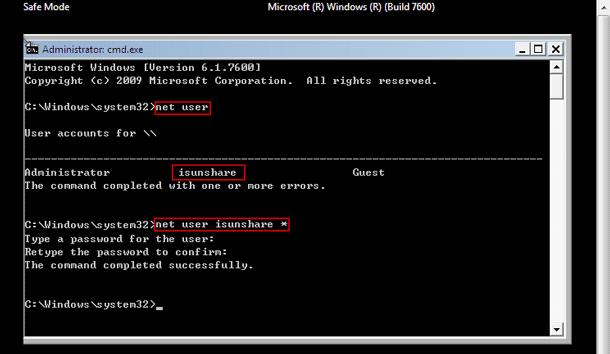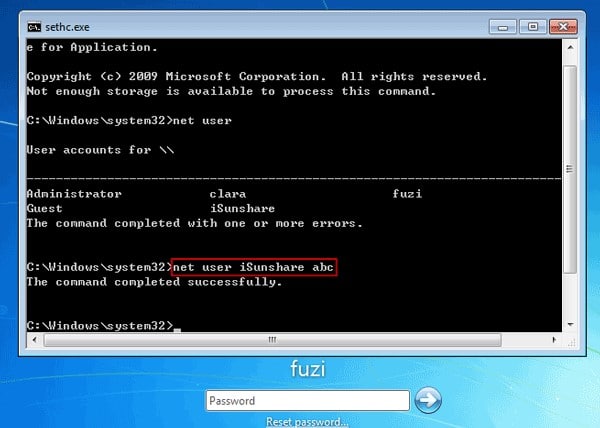
With auto-logon enabled, Windows remembers the credentials and skips the logon screen. A confirmation message is displayed in both cases.Īlternatively, more experienced users can pass the username, domain name and password as arguments in the command console, in that order. To enable the auto-logon, users only have to press a button, while disabling this feature is just as easy: again, press a button. In other words, it provides a method to obtain the same result but with lower risks.Īutologon displays a simple interface with a few fields to fill in, namely the username, the domain, and the password. Therefore, for those who want to take the bumpy road and use the Registry Editor, a registry backup is highly recommended before any changes are applied.Īutologon is easier to work with and makes sure no other changes are made to the system's registry than the ones that are necessary to activate the automatic logon function. While clear instructions are made available by Microsoft, a simple mistake when modifying the registry might result in various problems. The same result can be obtained by tampering with a few registry keys. Aiming to save its users the trouble of configuring this setting in Windows, Autologon provides a much easier way, taking care of the difficult part and saving users time. Windows features a built-in automatic login mechanism, which allows for a user to be automatically logged in instead of having to fill in the fields in a logon dialog box.




 0 kommentar(er)
0 kommentar(er)
